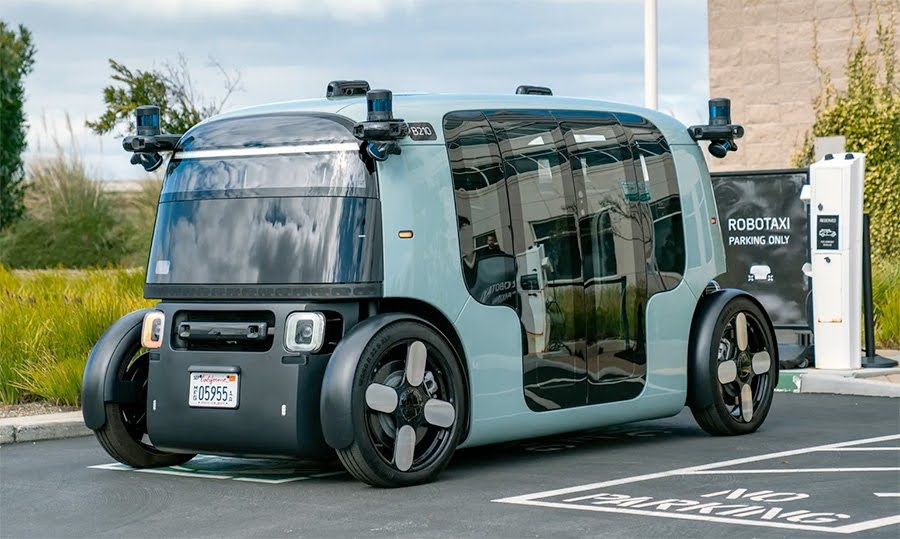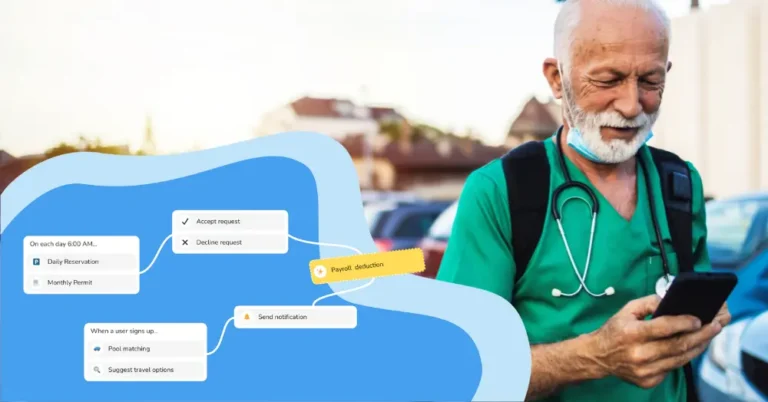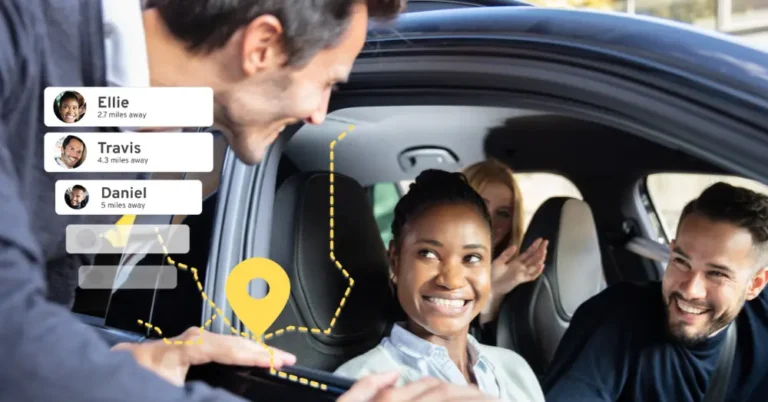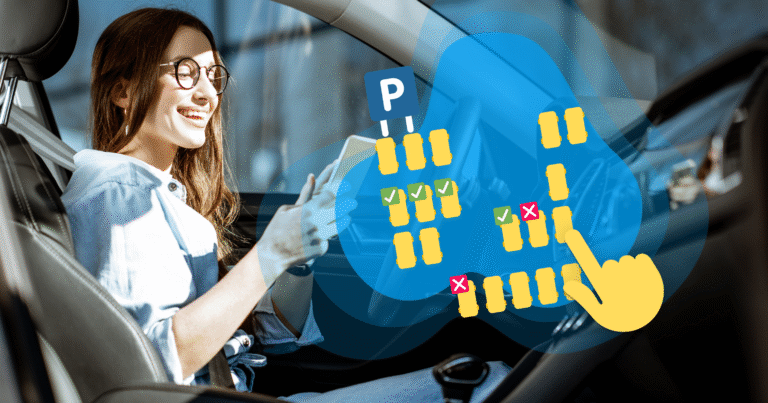Autonomous vehicles may still feel futuristic—but for first- and last-mile commutes, they’re already reshaping what’s possible. From city pilots to campus circulators, autonomous shuttles are proving themselves not just as novelties, but as practical components of a smart, integrated transportation strategy.
And in the world of transportation demand management (TDM), they offer a glimpse into what’s next: flexible, responsive, and sustainable commute planning.
Why the First Mile and Last Mile Still Matter
The “first mile/last mile” problem refers to the gap between a person’s starting point and a transit hub—or between a transit stop and their destination. It’s a small distance, but it creates a big barrier to mode shift. If walking feels unsafe, or biking isn’t an option, commuters default to driving solo.
TDM strategies have long leaned on bike shares, shuttles, carpools, and walking incentives. But these solutions often require ongoing funding, logistics, or human drivers—and that’s where autonomous services are stepping in.
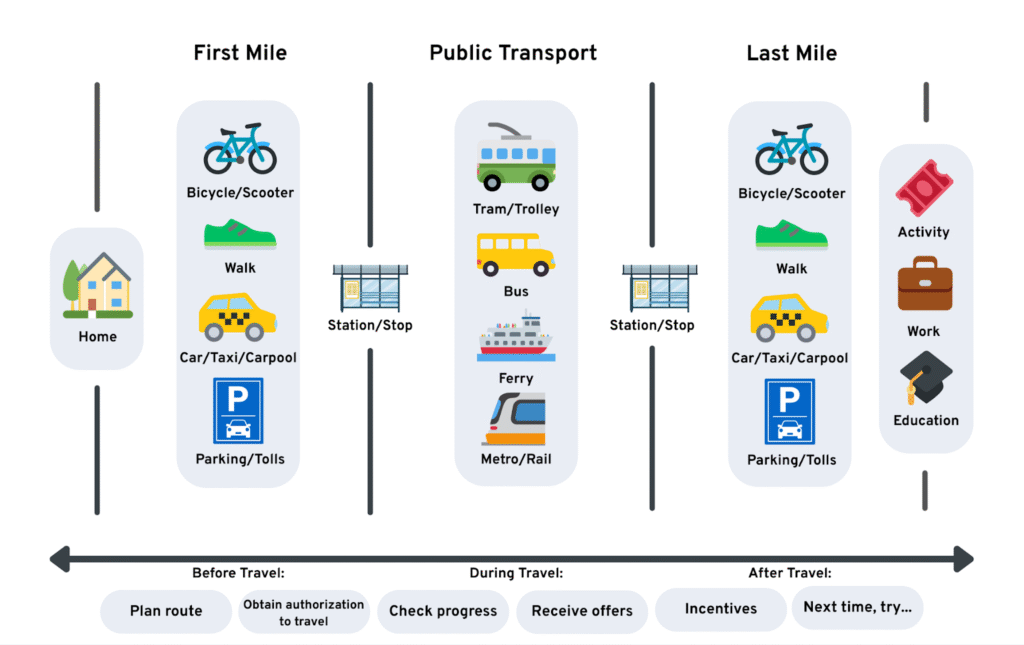
AV Shuttles in Action
Across the U.S., cities, universities, and innovation zones are testing autonomous shuttle deployments:
- Colorado School of Mines launched the Mines Rover, an electric AV that loops through campus
- Jacksonville, Florida is piloting AV shuttles along underused bus routes
- Texas A&M and other institutions are exploring AVs for parking lot connectors and campus transit
What these deployments have in common is scale: short-distance, fixed-route, circulator-style trips—perfectly suited to bridging the first/last mile.
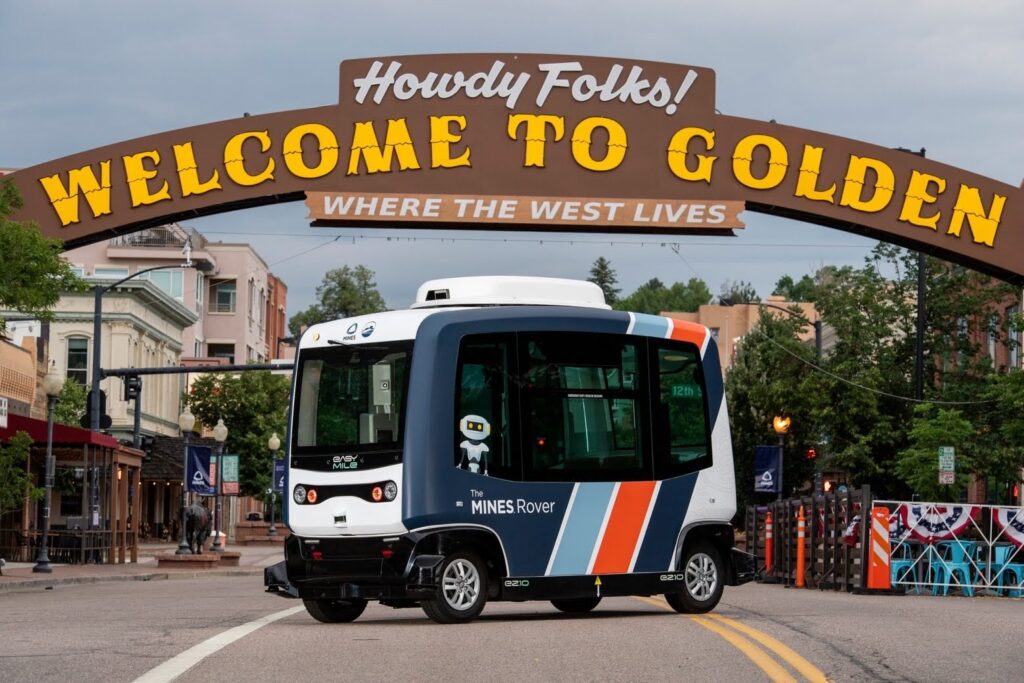
What TDM Can Learn From These Pilots
Autonomous shuttles aren’t just about the tech. They reflect a deeper shift toward commute strategies that are:
- Data-informed – using real-time ridership and demand data to shape routes
- Flexible – adjusting service zones, hours, and frequency without driver constraints
- Integrated – connecting seamlessly to mobility platforms, transit passes, and permitting tools
- Low-emission – most shuttles are electric, aligning with sustainability goals
As AV services mature, they’ll become another tool in the TDM toolkit, joining the ranks of vanpools, carpool apps, and micromobility.
Planning Ahead: AV-Ready Commute Programs
So what can employers, agencies, or universities do now?
- Map your service gaps: Where do your current commuters struggle to connect the dots?
- Design flexible permit zones: Use tools like CommuteHub to shape zones and access based on shuttle coverage.
- Prepare your platform: Ensure your TDM system can accommodate future integrations like AV scheduling or routing tools.
- Tell your story: As you pilot or support new first/last mile options, collect impact data to guide policy and future investments.
AVs Are Coming—TDM is Ready
Autonomous vehicles won’t solve every commute problem. But they offer a powerful lesson: when we combine technology with thoughtful program design, we unlock new possibilities for equity, access, and sustainability.
In the world of TDM, the first and last mile are often where the biggest wins begin.
So What Next?
The first/last mile is where commutes often break down—and where even the best transit systems lose people. That’s where CommuteHub comes in.
Built by RideAmigos, CommuteHub helps organizations bridge these gaps by bringing together all first and last mile options—like shuttles, bike share, carpooling, and even parking—into one connected platform. It gives commuters visibility, flexibility, and incentives to make smarter, more sustainable choices. And for cities, employers, and institutions, it offers a centralized hub to manage, promote, and evolve those programs over time.
First and last mile isn’t just a detail—it could be the make-or-break element of a commute. CommuteHub helps you get it right with personalized support for travelers. If you’re ready to learn more, you can get started with a consultation and demo from our experts below.

